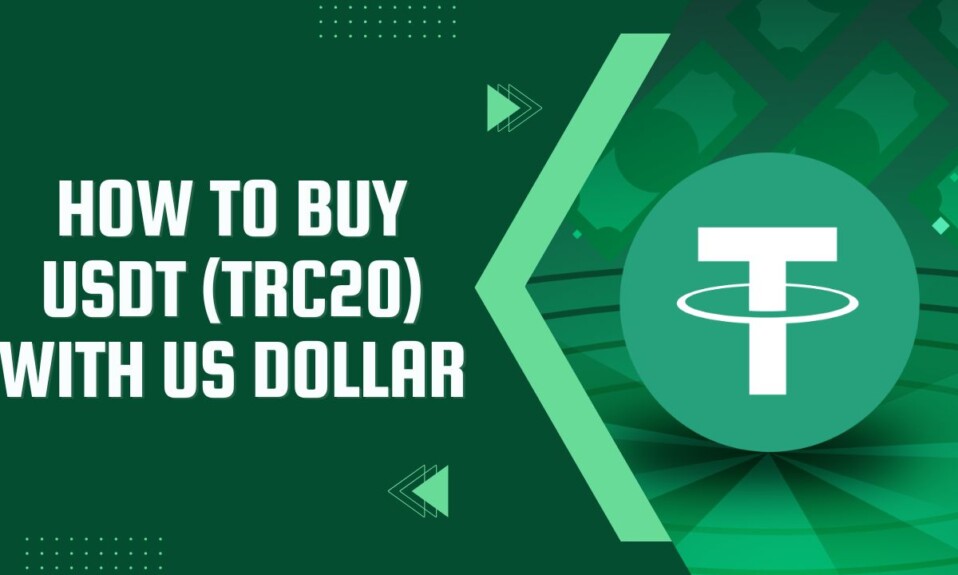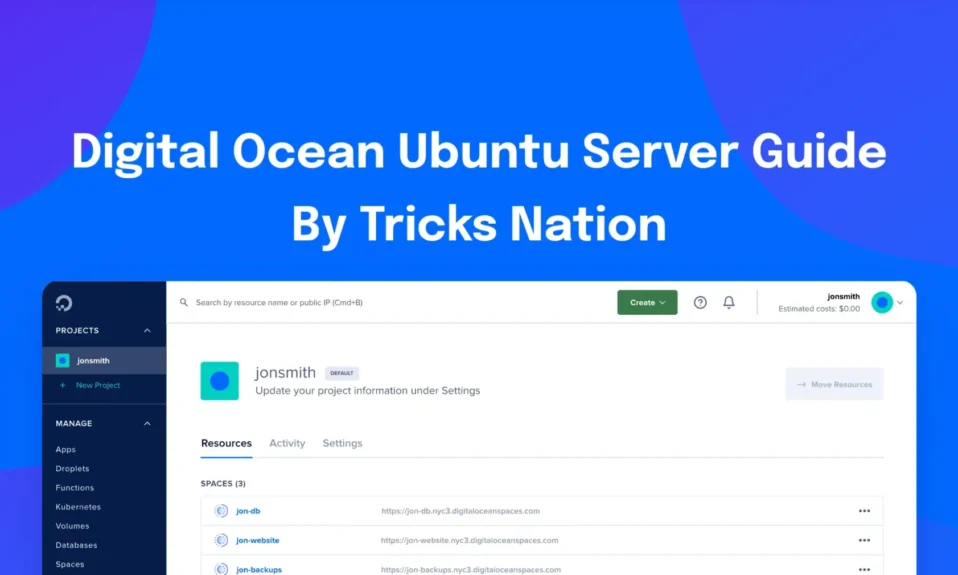Traditional business structures often include a Chief Information Security Officer (CISO) to oversee data protection, threat intelligence, and regulatory compliance. However, hiring a full-time CISO can be costly—particularly for small and mid-sized organizations that lack extensive budgets or in-house security resources. This is where the concept of a virtual CISO (vCISO) emerges as a highly effective alternative. Rather than adding a senior-level security executive to the permanent payroll, companies can access the strategic insights and leadership of a CISO through an outsourced, flexible engagement model.
The primary goal of a vCISO is to help organizations develop and maintain robust cybersecurity practices without imposing the expenses associated with recruiting a full-time, in-house executive. Whether it’s identifying vulnerabilities, guiding response plans, or ensuring compliance with standards like HIPAA or PCI DSS, a virtual CISO supports a wide array of tasks. This role typically involves periodic assessments, remote collaboration, and dedicated oversight of a company’s security posture. The result is a well-orchestrated approach to digital risk management that aligns closely with evolving business needs.
What Does a Virtual CISO Do?
A virtual CISO is responsible for many of the same duties as a traditional CISO but operates under a more flexible arrangement. These responsibilities often include:
- Security Strategy and Roadmapping: Assessing the current threat landscape and creating a tailored plan that addresses network protection, data encryption, incident response, and employee education.
- Risk Assessments and Audits: Evaluating internal systems, processes, and applications to pinpoint vulnerabilities, followed by recommendations on mitigating these risks through technical and procedural solutions.
- Policy Development: Outlining guidelines for password management, data storage, bring-your-own-device (BYOD) practices, remote work policies, and more, ensuring everyone in the organization understands their role in maintaining security.
- Regulatory Compliance Oversight: Helping companies meet industry-specific requirements, such as GDPR for organizations handling EU citizen data or CCPA for those collecting California consumer data, while maintaining operational efficiency.
- Incident Response Coordination: Building an actionable plan that details how to handle ransomware attacks, phishing incidents, or insider threats, including clear escalation procedures and recovery steps.
- Executive Reporting and Communication: Translating technical risks into clear insights that board members and management can understand, ensuring security investments are aligned with strategic objectives.
By fulfilling these duties, a vCISO provides stability and direction for an organization’s security program. Businesses can scale this resource based on specific project demands, seasonal fluctuations, or sudden changes in the threat environment. This flexibility is particularly attractive for rapidly growing firms that need senior-level guidance without the costs of a permanent, high-salary CISO.
Key Benefits of a Virtual CISO
While traditional security leadership roles remain vital for larger enterprises, many organizations discover significant advantages by adopting a virtual model. Here are a few of the most notable:
- Cost-Effectiveness: Recruiting, onboarding, and retaining a seasoned security executive can be prohibitively expensive. A vCISO spreads these costs across several clients, allowing businesses to access expertise at a fraction of the typical salary range.
- Immediate Expertise: Security is a fast-evolving domain, with new threats emerging almost daily. A virtual CISO often has experience across multiple industries, bringing a broad perspective and relevant solutions to the table from day one.
- Flexible Engagement: Some companies only need strategic guidance a few hours per month. Others may require more consistent oversight. The vCISO model makes it easier to adjust service levels to meet changing demands.
- Objective Recommendations: An external viewpoint can provide clearer insight. Because a vCISO doesn’t have the same internal politics or biases as a full-time employee, they’re well-positioned to offer impartial advice focused on the best outcomes for the business.
- Faster Implementation of Best Practices: With access to established frameworks and proven playbooks, a vCISO can rapidly introduce enhancements to existing security architectures. This approach saves time and reinforces consistent, high-quality defenses.
Ultimately, the virtual model merges strategic leadership with the cost control and adaptability that many organizations crave. This synergy can uplift a security program from basic defense measures to a more holistic, sustainable posture that meets current and future challenges.
Working Models and Structures
Virtual CISO engagements come in various forms. Some companies hire a dedicated individual who checks in weekly or monthly, conducting risk reviews and collaborating with IT teams to address gaps. Others opt for a broader managed security services provider (MSSP) that includes vCISO capabilities, bundling them alongside threat monitoring, endpoint protection, or compliance tracking. Still others may only need on-demand consulting for special projects, like achieving a new certification or responding to a high-level incident.
The length and depth of an engagement will depend on the complexity of an organization’s infrastructure and the maturity level of its security strategy. In some cases, a vCISO guides the business through a major project, then scales back involvement. In other scenarios, they remain involved indefinitely, updating policies and procedures, steering training initiatives, and evaluating new technologies as the company grows or pivots to new markets.
Choosing the Right Virtual CISO
Finding a reliable vCISO involves more than simply checking technical credentials. While certifications like CISSP, CISM, or CRISC can signal competence, soft skills—such as communication, leadership, and adaptability—are equally important. Because the virtual CISO must liaise with executives, IT personnel, and external stakeholders, the ability to translate complex security jargon into actionable insights is crucial.
When evaluating potential providers, consider requesting references or case studies relevant to your industry. If you handle sensitive healthcare data, for example, find someone experienced in HIPAA compliance and the nuances of clinical operations. If you’re a SaaS startup operating in multiple countries, ensure the candidate is comfortable juggling different legal frameworks like GDPR and COPPA. Budget discussions and defining clear objectives also prevent misunderstandings down the line—both parties should agree on scope, timelines, deliverables, and escalation protocols from the outset.
Integrating a vCISO into Organizational Culture
A vCISO typically operates as an extension of your team, even if not physically present in the office daily. To facilitate a smooth integration, it’s essential to establish open lines of communication. Regular briefings—whether via video calls or occasional on-site visits—strengthen relationships, reinforce accountability, and address issues before they escalate. Clear reporting structures also help. For instance, a vCISO may periodically present findings to the board of directors or collaborate directly with the CIO or CEO on strategic decisions.
Fostering a security-minded culture is another priority. The vCISO can be instrumental in championing employee awareness training and best practices like phishing simulations. They often direct the creation of incident response playbooks, ensuring that every department knows how to react in the event of data theft or network intrusion. This integrated approach empowers the entire workforce to become more alert and informed, reducing the chance that small missteps will lead to significant breaches.
Shaping a Robust Cybersecurity Future
As digital systems grow ever more sophisticated, so do cybercriminal tactics. This ongoing “cat and mouse” dynamic means organizations of all sizes must stay vigilant, nimble, and committed to a structured security roadmap. Engaging a virtual CISO serves as a strategic move toward achieving these goals without the heavy financial burden of a permanent CISO hire. With a blend of expert guidance, tailored policy development, and proactive risk management, a vCISO can transform how a company safeguards its essential data.
Beyond mitigating risks, the vCISO framework paves the way for long-term resilience. By embedding security into every level—from leadership conversations to day-to-day user interactions—businesses can adapt to a rapidly changing threat landscape. As a result, they become more confident in pursuing innovations, whether it’s adopting cloud platforms, establishing remote work arrangements, or exploring new consumer-facing applications. In this sense, a virtual CISO doesn’t merely keep the status quo; they inspire a forward-looking cybersecurity posture that positions the entire organization for sustainable success.





